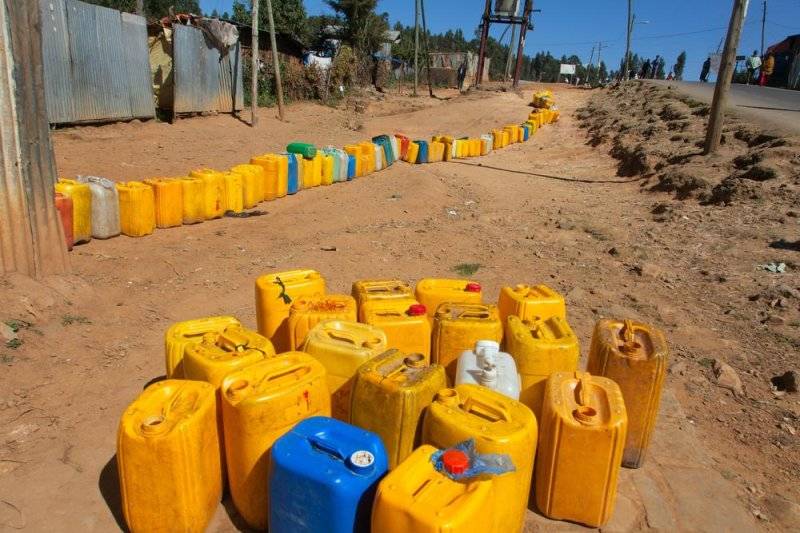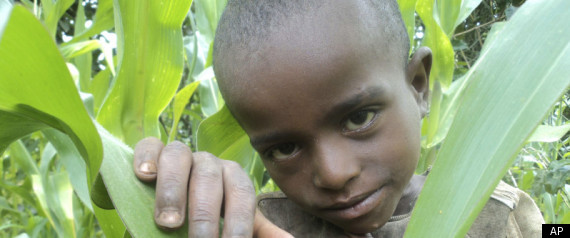Ethiopia may require $1.4 billion in humanitarian assistance for drought relief...
Oxfam: 10.2M Ethiopians require humanitarian aid as drought continues
Jan. 29, 2016 -- A report from Oxfam indicates Ethiopia may require $1.4 billion in humanitarian assistance over the course of 2016 due to the effects of a debilitating drought.
Oxfam: 10.2M Ethiopians require humanitarian aid as drought continues
Jan. 29, 2016 -- A report from Oxfam indicates Ethiopia may require $1.4 billion in humanitarian assistance over the course of 2016 due to the effects of a debilitating drought.
The charitable organization announced Thursday a majority of those located in the country's eastern Siti zone depend on food aid, which they are stretching between themselves and their starving livestock. An estimated 10.2 million people are expected to need assistance this year, Oxfam says, a jump from the 8.2 million people the World Food Programme reported in need of assistance in October 2015.

Oxfam reports Ethiopia will require more than $1 billion in humanitarian aid over the course of 2016 as a drought continues to debilitate the region.
Ethiopia is experiencing its worst drought in three decades due in part to this year's abnormally aggressive El Niño weather system. "People are watching their crops wither and their animals starve to death all the while knowing they don't have enough food and water themselves," Oxfam Humanitarian Director Nigel Timmins said in a statement. "The Ethiopian government is doing its best but the scale of the problems requires urgent and significant funding from donors to complement the government's efforts."
The organization said it is helping support more than 160,000 people in three areas with water shipments, repairs and sustenance for livestock. Oxfam says it needs $25 million in order to expand its reach to 777,000 people.
Oxfam: 10.2M Ethiopians require humanitarian aid as drought continues





